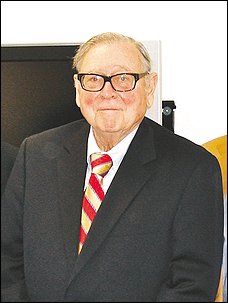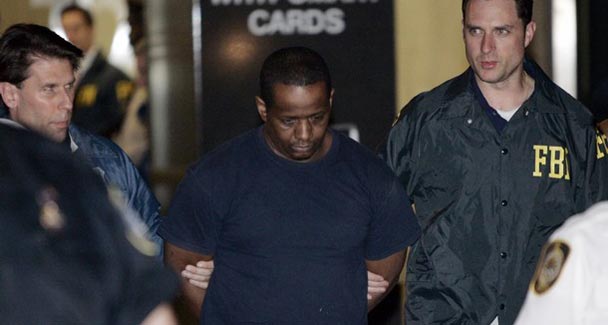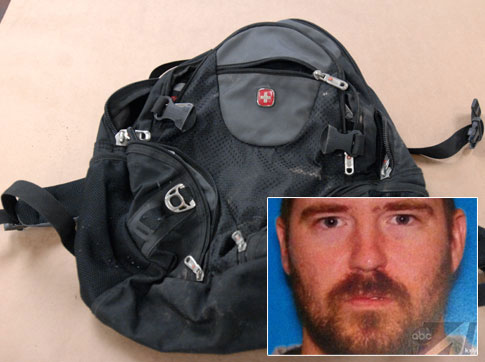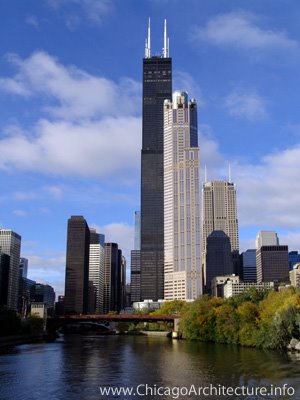Alex Constantine - March 27, 2014
THEY LIED, they’re still lying, and they’ll go on lying until Libya calms down enough to allow a thorough search of its archives. That’s what intelligence agencies do, and being angry at them for lying is like being angry at a scorpion for stinging. But we now KNOW that they lied about the Libyans planting the bomb on Pan Am flight 103 in December 1988.
Abdelbaset al-Megrahi, a Libyan airline official who was convicted of placing the bomb aboard the plane and sentenced to 27 years in prison by a special international court in 2001, was freed from jail in 2009 and sent home, allegedly dying from cancer and with only three months to live.
He eventually did die three YEARS later, but it was a very peculiar thing for the Scottish government to do.
Megrahi was in a Scottish jail because Pan Am 103, en route from London to Detroit, had blown up over the Scottish village of Lockerbie, killing all 259 people aboard and eleven in the village below. But he clearly wasn’t dying when he was freed, and he had served less than a third of his sentence.
And there was something even more disturbing about the case. As a condition of his release, Megrahi was required to drop an appeal against his conviction that had been granted by the Scottish Criminal Cases Review Commission in 2007.
The SCCRC listed no fewer than six grounds for serious concern about Megrahi’s conviction, including the fact that the US Justice Department made an undisclosed payment of $3 million to two Maltese citizens whose evidence had linked Megrahi with the suitcase that contained the bomb. If the appeal had gone ahead, Megrahi’s conviction would probably have been quashed.
That would have been deeply embarrassing for the Scottish authorities, especially since the evidence suggested there had been a deliberate attempt to frame the Libyan.
But they did have the power to delay the hearing of his appeal for a very long time, and al-Megrahi was not a well man. So one can imagine a bargain being struck: his freedom for his silence.
Megrahi never stopped protesting his innocence, but he did withdraw his appeal, so the new evidence was never heard in court, his conviction was never cancelled, and nobody was embarrassed. But why did the intelligence agencies pick on him in the first place?
Because they had to abandon their first working hypothesis, which was that Pan Am 103 was destroyed in late 1988 as tit-for-tat Iranian revenge for the accidental shooting down of an Iran Air plane with 290 people aboard by the US warship Vincennes earlier that year.
Since the Iranians didn’t have people in the right places with the right skills to do this job, US intelligence calculated, they paid some Palestinian terrorists to do it.
The US even fingered the Popular Front for the Liberation of Palestine – General Command, headed by Ahmed Jibril, as the ones who took the contract.
 But the investigation moved slowly, and 20 months after Pan Am 103 went down, Saddam Hussein’s Iraq invaded Kuwait. The US was mobilising a coalition of Western and Arab armies to liberate Kuwait, and it wanted Syria to be part of it. But Syria was Iran’s closest ally in the Arab world, so this was not the right time to get into a confrontation with Iran.
But the investigation moved slowly, and 20 months after Pan Am 103 went down, Saddam Hussein’s Iraq invaded Kuwait. The US was mobilising a coalition of Western and Arab armies to liberate Kuwait, and it wanted Syria to be part of it. But Syria was Iran’s closest ally in the Arab world, so this was not the right time to get into a confrontation with Iran.
Nevertheless, somebody had to be punished or the intelligence services would look incompetent. The people who carried out the bombing for Iran had made some rudimentary attempts to put the blame on Libya, and the security services now started using that evidence to frame Megrahi.
The evidence was full of holes, but the Libyan’s defence team did a poor job of exposing them, and he was convicted anyway.
The reason his defence team did so badly may have been that the Libyan dictator, Muammar Gaddafy, had made a deal: in order to be released from a crippling trade embargo, he would admit the blame for the Pan Am bombing and pay compensation to the families of the victims.
For that deal to stand, Megrahi had to go down. A few threats to his family back in Libya would have persuaded him to sabotage his own defence.
But with the appeal that would have exposed the truth smothered, all this remained mere conjecture until last week, when the al-Jazeera network broadcast an interview with Abolghassem Mesbahi, a former Iranian intelligence officer.
Mesbahi, who once reported directly to the Iranian president, said it quite plainly: Iran’s supreme leader, Ayatollah Khomeini, gave direct orders for the destruction of an American airliner after the Vincennes incident in 1988.
So the original hypothesis was correct, and the Western security services probably always knew it was correct. They don’t care; the case is closed, and with Megrahi’s appeal cancelled it will never be re-opened.
But it is worth noting that he was an innocent man, not a mass murderer, and that his life was cynically destroyed by the same people who brought us the invasion of Iraq, mass surveillance, and so much more.
Gwynne Dyer is an independent journalist whose articles are published in 45 countries.
http://cyprus-mail.com/2014/03/23/the-framing-of-al-megrahi/









